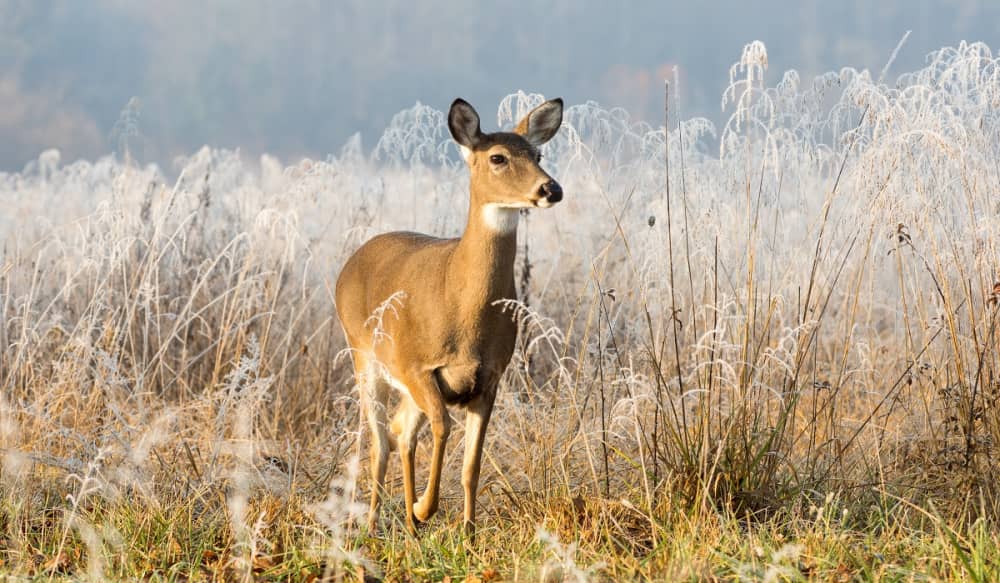You Shot a Deer in a CWD Area, Now What?

Chronic wasting disease – as you likely know by now – typically manifests very slowly, yet is 100% fatal. Perhaps the most disturbing facet of CWD, though, is how the disease can actually remain in an infected environment FOR YEARS.
Coming from a bowhunter in Michigan, it’s an issue that’s on my mind every time I step foot in the woods.
So, when I saw this video from the Theodore Roosevelt Conservation Partnership (TRCP) featuring MeatEater’s Steven Rinella and Janis Putelis talking ‘How to Debone a Deer in a CWD Area,’ I sat down and started jotting notes in my cherished journal of “hunter’s secrets.”
“To avoid bringing CWD home with us, we’re all going to have to change some of our practices when hunting in CWD infected areas and take extra steps in the field to be part of the solution,” Rinella states in the video.
Even if the state you’re hunting in hasn’t sound the alarm on CWD-positive deer, this is still pertinent information to stash away if you plan on chasing whitetails, mule deer, elk or any member of the Cervidae family:
Sure, this process may seem a tad more extensive and maybe even intimidating to someone who has never done it, but it’s a great skill to have in your arsenal and is key in stopping the spread of this horrific disease.
Most importantly, all hunters should be following the deer management regulations set by their local wildlife agency, regardless of their position on the spread of CWD. Often, special disposal areas will be provided for deer bones and soft tissues that could contain traces of CWD, including the brain, spinal cord, lymph nodes, and spleen.
Again, check with your local wildlife officials for more specific details.
Hopefully this video was helpful for you. And good luck to all my fellow bow hunters out there this season. Stay safe and shoot straight!
You may also like
-
HUNTER NATION Brittany Jill on the Challenges of Hunting while 35 Weeks Pregnant GOOD READING!
-
There’s Still Time To Help Shape The Future Of Deer Management
-
LESSONS FOR A NEW DEER HUNTER FROM A WISCONSIN FIELD TO FORK HUNT
-
WHITETAILS FITNESS HUNTS
-
COUNTRY VISIONS COOPERATIVE’S OUTDOORSMEN EXPO FEBRUARY 3, 2024


